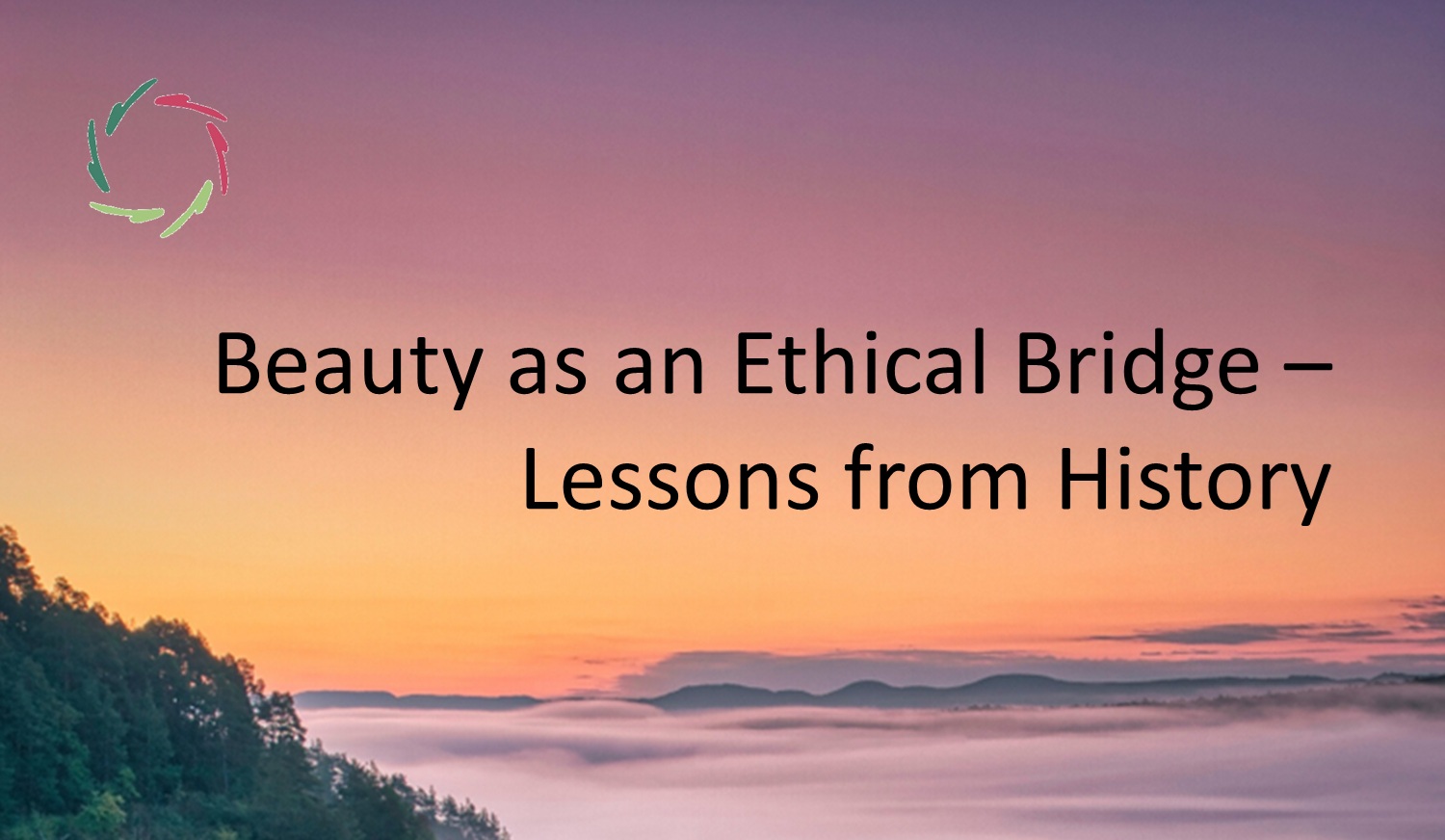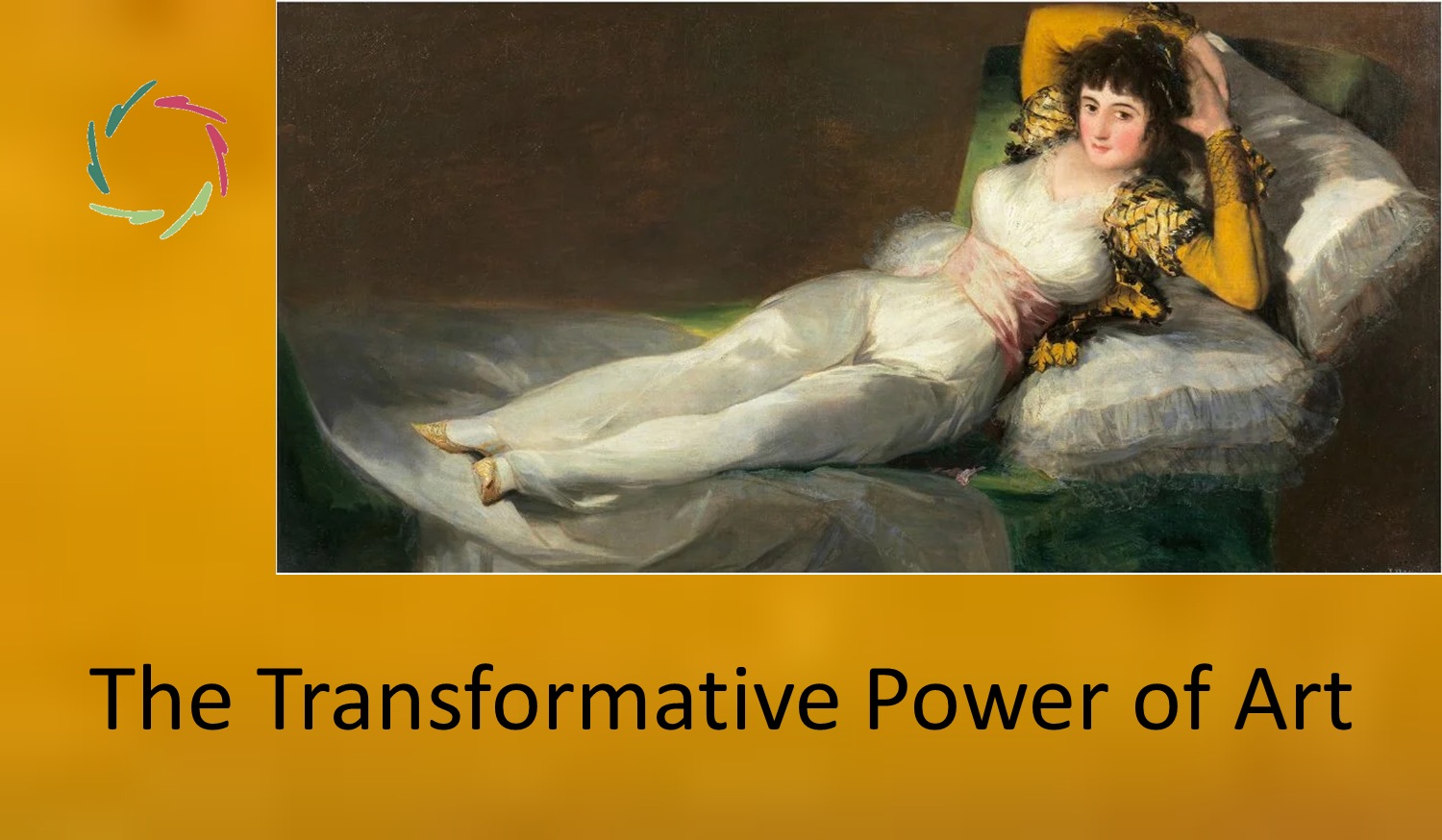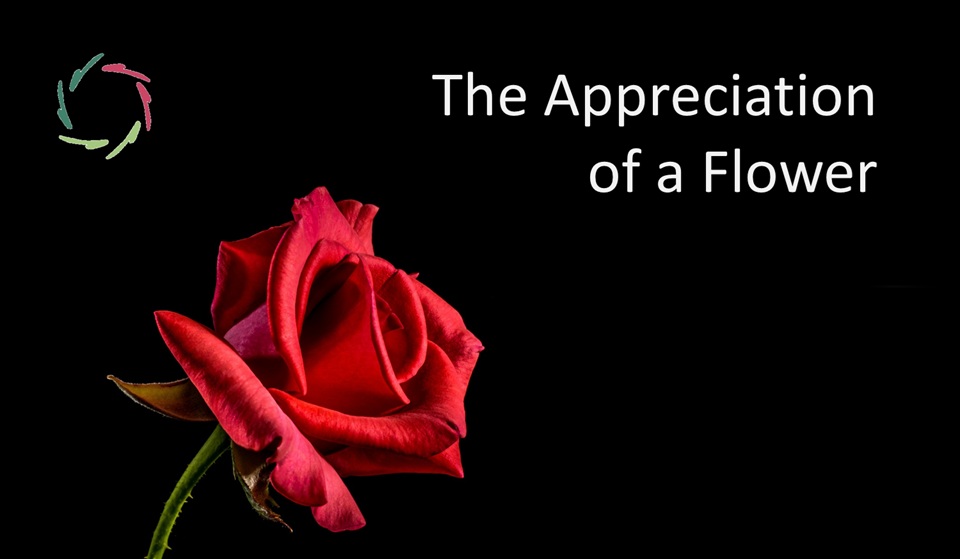Beauty as an Ethical Bridge – Lessons from History

Across history, cultures have recognized the unique capacity of beauty to transform, elevate, and ultimately awaken a sense of Compassion, reverence, and moral clarity. Here are some profound lessons from history on how beauty serves as a bridge to ethical depth.
These perspectives teach us that experiencing beauty calls us to live with greater awareness, respect, and humility. In our modern lives, when we open ourselves to beauty, we join a timeless tradition. The following are just some examples.
Ancient Greece ― beauty as a virtue
In Ancient Greece, the concept of kalos kagathos – the beautiful and the good – embodied the ideal of beauty and moral virtue intertwined.
Philosophers like Plato believed that beauty leads the soul toward higher truths, suggesting that contemplating beauty opens us to qualities like wisdom and goodness. To the Greeks, beauty was more than an aesthetic trait; it reflected moral character. Beauty, in this sense, uplifted the soul, calling people to act with courage, nobility, and virtue.
This reminds us that beauty, in its purest form, is not just attractive but also deeply inspiring, encouraging us to pursue the good and the just.
Medieval Christianity ― divine beauty
In the Middle Ages, beauty in nature and art was often seen as a reflection of divine goodness.
St. Thomas Aquinas taught that beauty uplifts the soul, guiding it toward virtues like love, humility, and reverence. Churches, art, and architecture of the period were designed to inspire awe and direct one’s contemplation toward the divine. These beautiful spaces were meant to elevate visitors, encouraging an ethical life centered on Compassion and care for others.
For medieval thinkers, beauty served as a bridge to the sacred, drawing people closer to an ethical, Compassionate life through divine inspiration.
Confucian harmony ― beauty in conduct
In Confucian philosophy, beauty is intertwined with ethics through li, or ritual propriety, which encompasses harmonious behavior and beauty in relationships. Confucius taught that appreciating beauty in daily actions and interactions naturally leads to a more compassionate, respectful life.
The Confucian ideal is that beauty in conduct – a life lived with grace, integrity, and kindness – is the highest form of beauty. This alignment with ethical values in daily life reminds us that beauty lies not only in physical forms but also in how we relate to others, fostering a sense of community and shared respect.
Romanticism and the sublime ― awe and empathy
The Romantic era brought a focus on the sublime, or awe-inspiring beauty, especially in nature. For Romantic poets and artists, beauty was a path to empathy and reverence for the natural world. They believed that beauty in nature connects us to something greater than ourselves, inspiring us to live with humility and respect for all forms of life.
The experience of the sublime teaches us that beauty can awaken a sense of shared humanity and vulnerability, gently reminding us of our responsibility to protect and honor the world around us.
Japanese wabi-sabi ― beauty in imperfection
The Japanese aesthetic of wabi-sabi, which embraces imperfection, simplicity, and transience, teaches that beauty lies in the natural, imperfect, and incomplete. This perspective aligns with ethical values of humility, acceptance, and reverence for the natural cycle of life. Embracing wabi-sabi allows us to see beauty in the ephemeral, fostering a way of life that honors the delicate, often overlooked beauty in ordinary things.
By appreciating life’s impermanence, wabi-sabi guides us to a Compassionate view of ourselves and others, inviting us to find beauty in every phase and form.
Ruskin’s call for moral beauty
In the 19th century, critic John Ruskin argued that true beauty must embody moral integrity. For Ruskin, art and architecture should uplift society, respecting nature and craftsmanship, thus fostering social and ethical responsibility. He saw beauty as an active force for good, one that should lead to a more just and compassionate society.
Ruskin’s belief in moral beauty challenges us to create and seek beauty that not only pleases the eye but also uplifts the human spirit and promotes well-being for others and the environment.
Daoist naturalness ― harmony as beauty
In Daoism, beauty is found in ziran, or naturalness ― a harmony with the Dao, or the way of the universe. Living in accordance with the Dao reflects a profound respect for life’s natural flow, promoting simplicity, balance, and reverence as forms of beauty. This connection between harmony and beauty encourages an ethical life aligned with nature’s rhythms.
By living naturally and in balance, Daoism teaches that we can find beauty in the essence of life itself, moving us toward an ethical outlook that values simplicity, patience, and respect for all beings.
In every age and culture, beauty has served as a silent teacher.
Time and again, this invites us to live with integrity, Compassion, and awareness.
Today, as we open ourselves to beauty, we continue this timeless journey, allowing it to inspire a more ethical, connected world.


